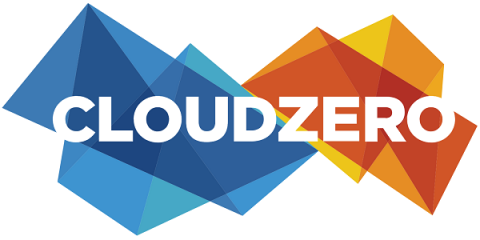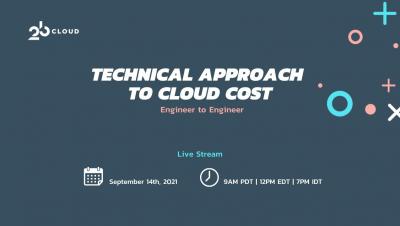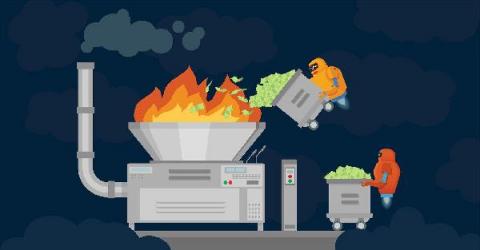Good Vs. Bad FP&A: 5 FP&A Best Practices You Should Be Using
Financial planning and analysis is becoming an increasingly strategic part of a SaaS organization. The role of finance is no longer about just taking inputs and calculating how they affect financial plans, but about driving business outcomes through effective financial planning. There is a popular Andreessen Horowitz article titled “Good Product Manager/Bad Product Manager” that showcases best practices compared to worst practices.















